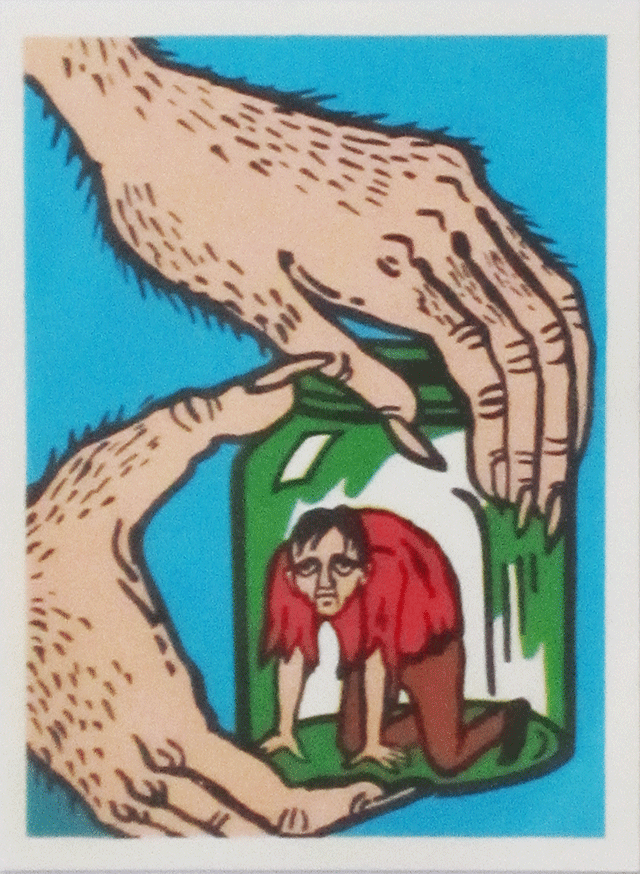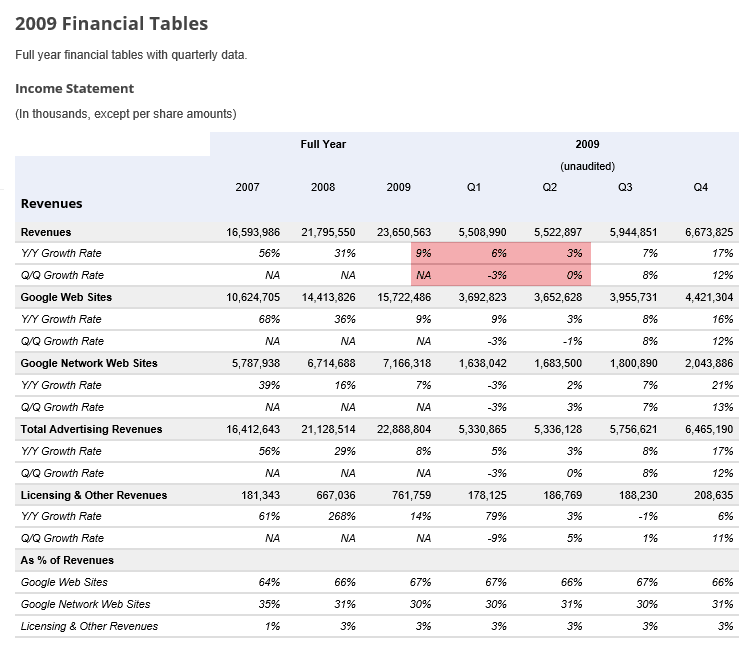Links & The Glass Ceiling
Sections
- The Perfect Page
- The Financial Crisis
- Has Everything Changed?
- Stratification
- Vertical Integration
- Floating Verticals
- Measuring the Network
- Fulfilling Demand
- Abuse by Dominant Platforms
- Creating Demand
- Panda & Penguin
- Going Around Roadblocks
The "Perfect" Page
Early search engines like InfoSeek allowed webmasters to do an on-demand crawl of their pages to get them instantly indexed. Webmasters would then grab the content of a top ranking page, tweak it slightly, submit it, see it rank & then switch the page back to their general commercial offer. It didn't take long for this sort of stuff to whack the relevancy of many search engines & that is a big part of what led to Google's rapid rise with using link-based signals.
I got started in the SEO niche back in 2003. During that timeframe there was an endless debate about "quality content" vs "links." Many of the old hand SEOs who sold client services were so against links being the key driver that there was an undertone that anyone who actively built links was manipulating the link graph and thus a spammer rather than an SEO. By that definition, I was clearly a spammer, as were most people who were making money by doing something other than dishing out self-serving pablum. ;) 
The reason some older SEOs who did client services were anti-links was that it was more time & cost intensive than cranking out reports. More work and lower margins, so it was "spam."
One of the more eloquent articles about "the debate" at the time was by Chris Ridings, in an article that mentioned the glass ceiling which one could not break through no matter how well page copy was optimized. For non-competitive queries on-page was more than sufficient effort, but if your competitor was actively building links, then you probably needed to if you wanted to compete.
Don't bring a knife to a gun fight.
Sure there were some exceptions (eg: your site was part of a trusted government entity or a large social organization like a college), but the concept was still valuable in explaining the purpose of & need for links.
I would link to the article on Archive.org, but sadly a domainer has the Chriseo.com site blocked in robots.txt.
Links Links Links
For their first decade or so in search, the primary driver of Google was links. No matter what the problem was, it could be solved with links.
- First it was use more targeted anchor text.
- Then it was add more links.
- Then it was adding links from a more diverse set of websites.
- Then it was higher quality links.
- Then it was mixing link anchor text.
There were some other issues that cropped up from time to time, like the Google Sandbox where it was hard for newer sites to rank. And there were relevancy-based shortcuts by doing things like using exact match domains. And universal search & personalization also came into play.
But outside of a few odds & ends, it was mostly links, links, links driving search. These other factors mattered, but you could in most markets continue to run a strong online SEO-driven business by focusing on links.
The Financial Crisis & Growth
When the mortgage fraud bubble imploded, Google's revenue growth rate slowed. Google had (at least in the US) came near peaking out the organic opportunity of direct marketing via search.

Growth from then on would need to come from 4 places:
- displacing the organic results with larger AdWords ads
- displacing the organic results with vertical results
- moving away from direct marketing & catering to a greater degree toward brand advertisers
- subsets of this would include things like tighter user tracking & ad retargeting
- foreign markets
With those factors in mind, we shortly saw Google do the following:
- Eric Schmidt mentioned that brands are how you sort out the cesspool (October 2008)
- the Vince update began folding query chains into relevancy algorithms (February 2009)
- create AdWords sitelinks & other ad extension (starting November 2009)
- roll out vertical ads for credit cards, mortgages & other financial products (starting October 2009)
- purge 30,000 affiliates from AdWords (December 2009)
- Google Instant search pushes searchers down well-worn & heavily advertised paths (September 2010)
In the years since then Google stopped providing some keyword data & did their large Panda & Penguin updates that added further risk/friction/cost to SEO, making it significantly harder to build publishing or client-based business models built primarily on organic search.

Increasingly we see more and more of Google's ad products & messages focus on brands.
And the charts show why...
Want to Read More?
This premium article is exclusive subscriber content.
- Already a subscriber? Click here to login.
- Not yet a subscriber? Click here to read about the benefits of subscribing.


